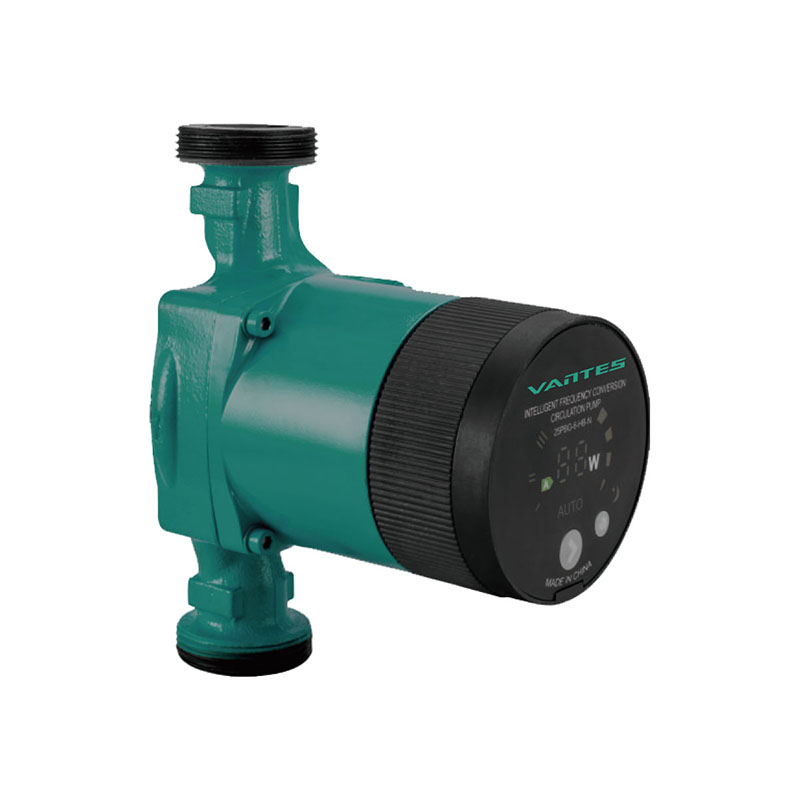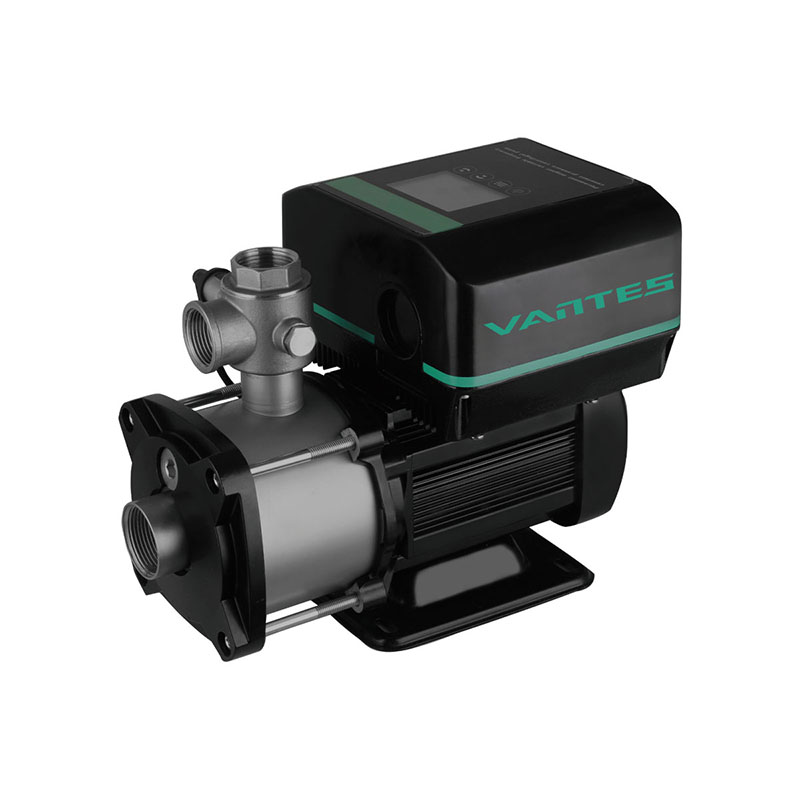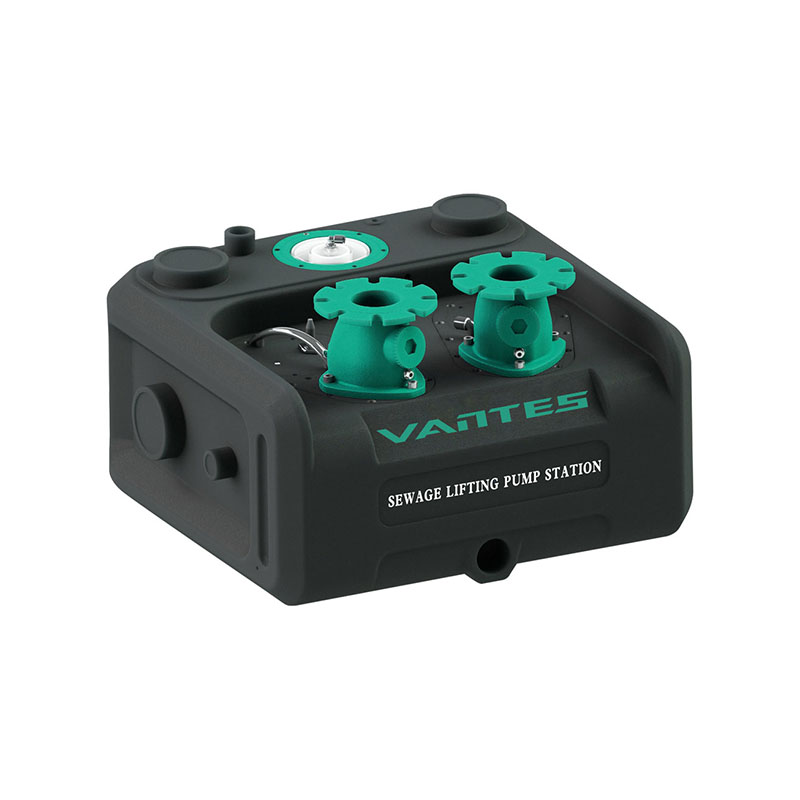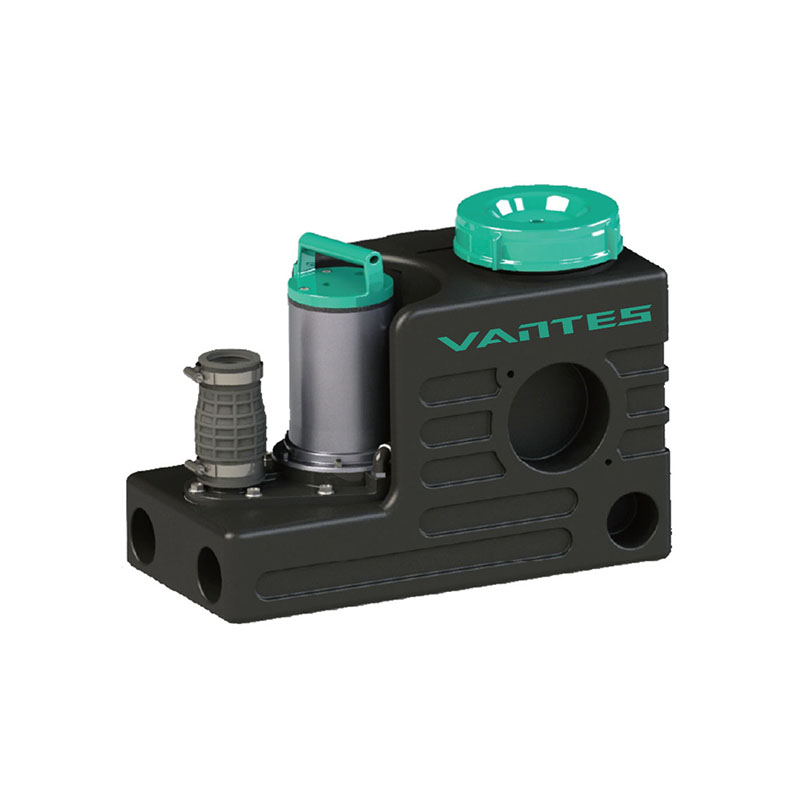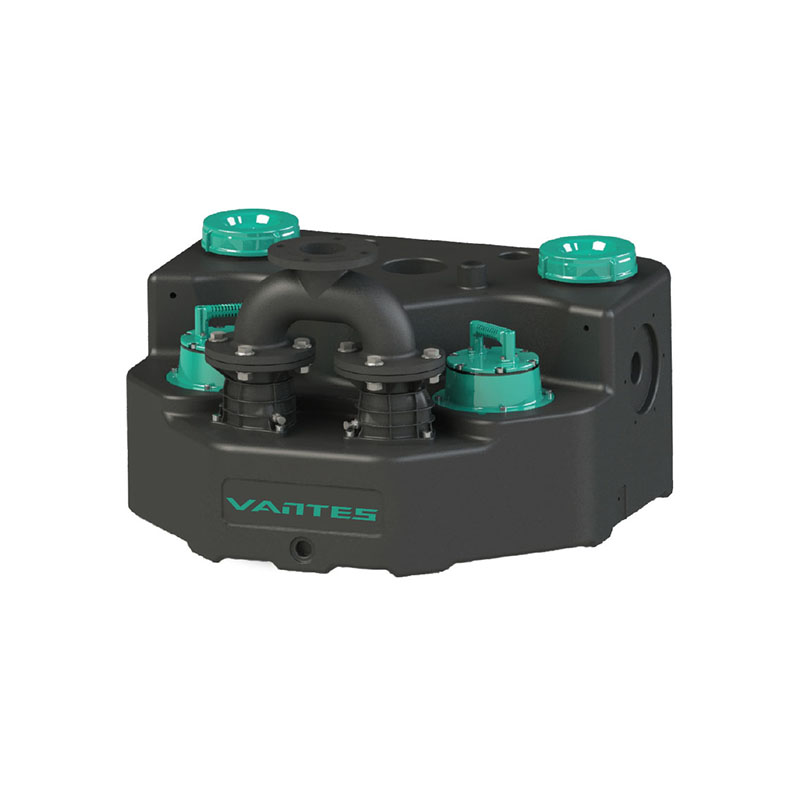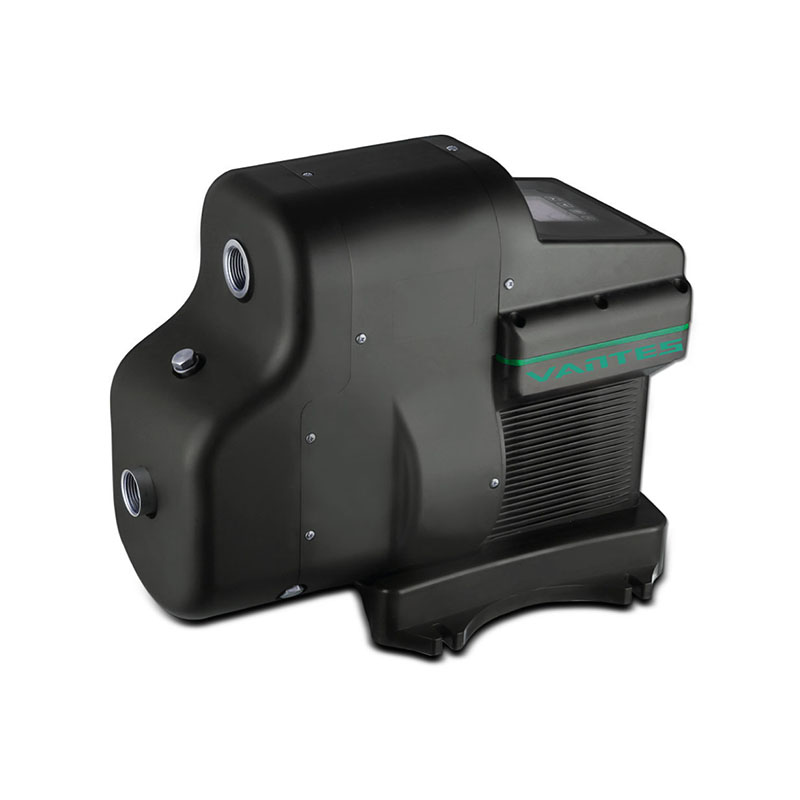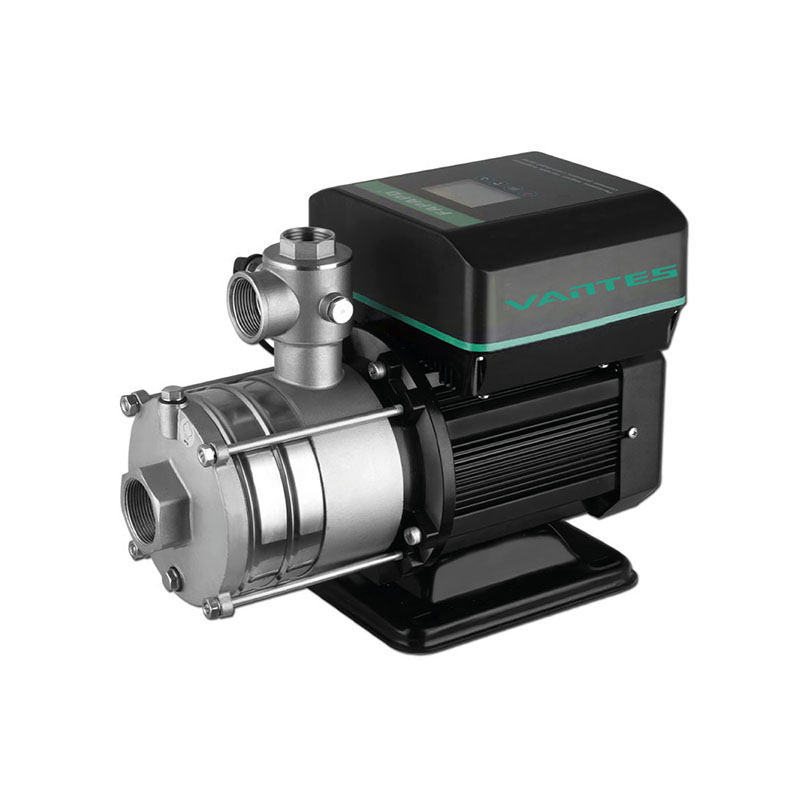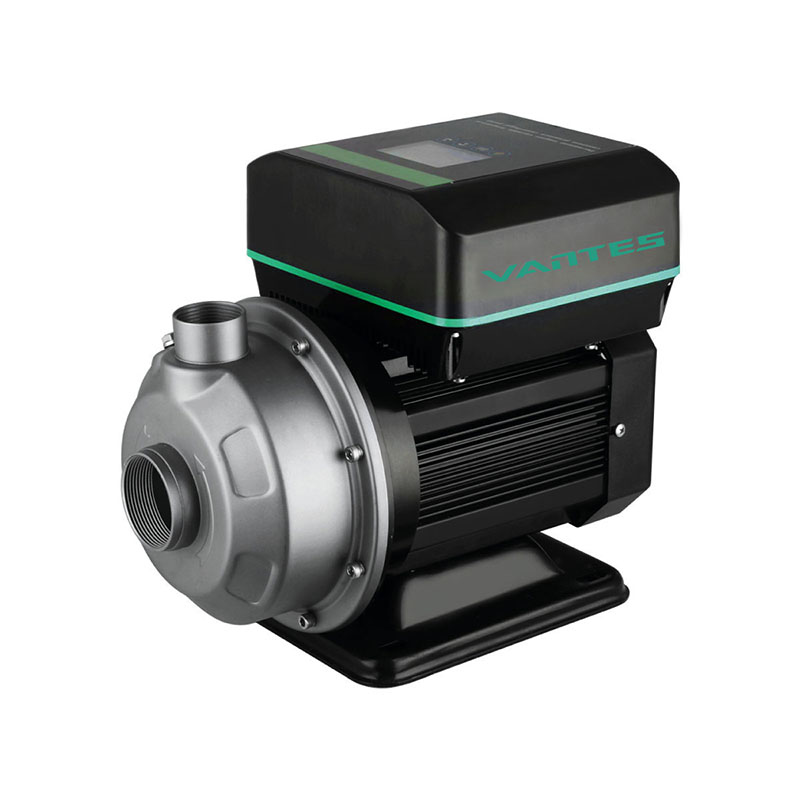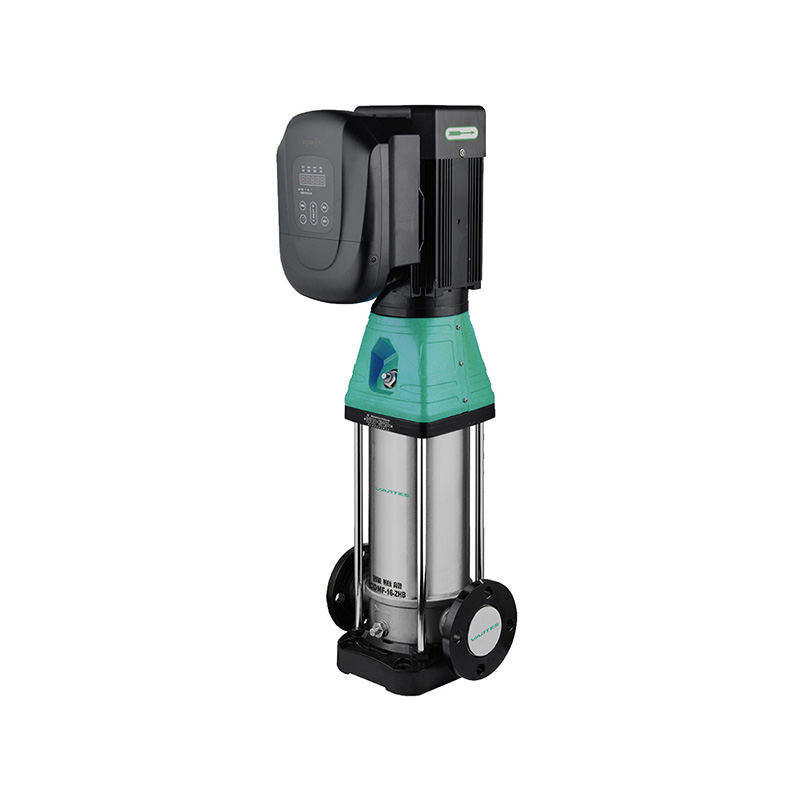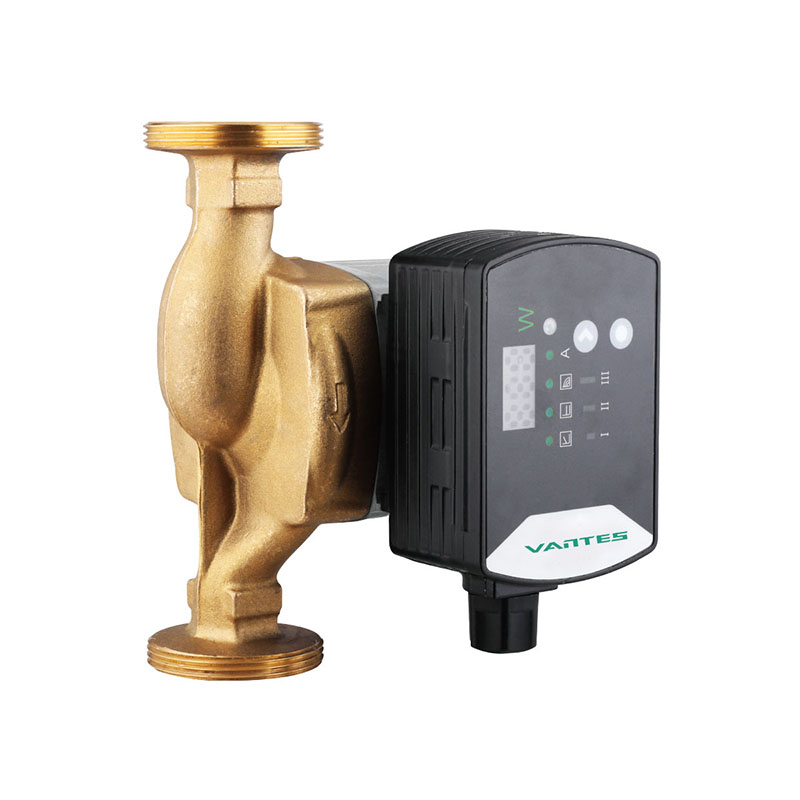Centrifugal pumps are widely used in a variety of applications to move fluids. Among them, both single-stage and multi-stage centrifugal pumps are popular choices for different types of systems. Understanding the differences between these two types of pumps is essential when selecting the right equipment for specific needs. While both are designed to use centrifugal force to move fluids, they differ in their design, performance, and ideal applications. In addition, certain configurations, such as the centrifugal booster water pumps, are often used when enhanced pressure output is required within a compact system.
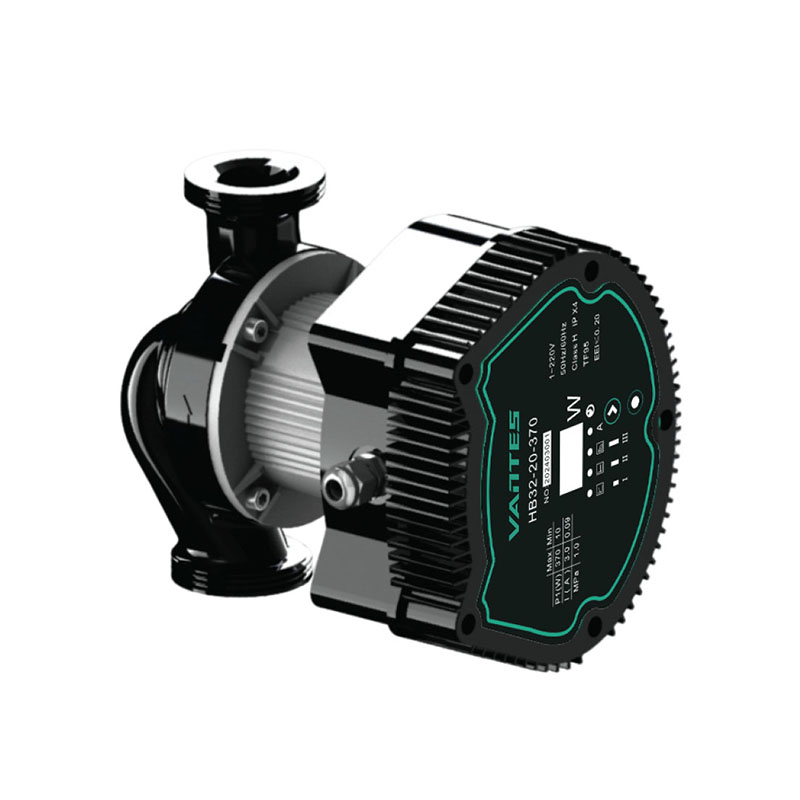
Single-Stage Centrifugal Pumps: Simplicity and Efficiency
Single-stage centrifugal pumps are the simplest form of centrifugal pumps, consisting of only one impeller or stage. These pumps are commonly used in applications that require moderate flow and pressure levels. They are often selected for systems where a high level of pressure is not required, and where space and cost constraints are more important factors.
The design of a single-stage pump is straightforward and compact. The pump's impeller moves the liquid into the volute, where the centrifugal force increases the liquid’s velocity, and then it exits the pump at the desired pressure. One of the advantages of single-stage pumps is their relatively simple construction, making them easier to maintain and repair. Their design also allows for faster installation and a lower initial cost compared to multi-stage pumps.
However, single-stage centrifugal pumps are limited in their ability to achieve high pressure. As the flow rate increases, the pressure capabilities of the pump remain relatively low. Therefore, they are better suited for applications that involve lower pressure requirements and moderate flow rates.
Multi-Stage Centrifugal Pumps: Higher Pressure and Versatility
Multi-stage centrifugal pumps, on the other hand, consist of multiple impellers arranged in series. Each stage increases the pressure of the fluid, allowing these pumps to achieve higher pressures than single-stage models. These pumps are ideal for applications requiring higher pressure levels and are often used in systems such as water supply, irrigation, and industrial processes where pressure requirements exceed what a single-stage pump can provide.
In a multi-stage pump, the fluid passes through multiple impellers, with each impeller increasing the pressure before the fluid moves to the next stage. This design allows multi-stage pumps to generate higher discharge pressures, making them suitable for applications such as boiler feedwater systems, reverse osmosis plants, and large-scale irrigation systems.
One of the key advantages of multi-stage centrifugal pumps is their ability to handle high-pressure applications without the need for large and complex systems. They can be used to move fluids over long distances or to elevate water to higher altitudes. However, their more complex design means that they require more maintenance, and their cost is generally higher than that of single-stage pumps.
Key Differences in Performance and Applications
The most significant difference between single-stage and multistage centrifugal pumps is their pressure and flow capabilities. Single-stage pumps can handle low to medium pressure levels and are often used in systems such as circulation pumps, while multistage pumps are capable of handling high-pressure systems. Multistage pumps are often used in demanding applications such as water treatment plants, high-rise building water supply, or other industrial uses that require high-pressure fluid delivery.
The efficiency of both pumps depends on the application, but multistage pumps are generally more efficient in high-pressure applications because they are able to gradually increase the pressure with each stage. Single-stage pumps are more energy-efficient in low-pressure, high-flow applications because their simpler design reduces internal losses.
Maintenance and Service Life
Maintenance requirements for single-stage and multistage pumps are different. Single-stage pumps are generally easier to maintain due to their simple design. With fewer operating parts, there is a lower chance of failure and repair costs are generally lower. However, multistage centrifugal pumps, while offering higher performance, may require more frequent inspection and maintenance due to their more complex components. The added impellers and seals in a multistage pump increase the potential for wear, which can lead to more expensive repairs or downtime if not properly maintained.
The lifespan of the two types of pumps also differ. If properly maintained, multistage pumps tend to have a longer life in high-pressure applications, while single-stage pumps may experience more wear when they are pushed beyond their capacity. The simpler design of single-stage pumps means they can handle higher flows for longer periods of time, but they may not be as efficient as multistage pumps in high-pressure systems.
Energy Considerations
When it comes to energy consumption, single-stage centrifugal pumps are generally more energy-efficient in low-pressure applications. Their simpler design reduces friction, which lowers energy losses. On the other hand, multistage centrifugal pumps, while more energy-efficient in high-pressure applications, have higher overall power consumption due to the extra impellers and stages involved. When choosing between the two, it is important to consider energy costs, especially in applications where the pump needs to run continuously.
Choosing the right centrifugal pump, whether single-stage or multistage, depends largely on the specific requirements of the application. Single-stage pumps are well suited to low-pressure, high-flow systems where simplicity and cost are critical. In contrast, multistage pumps excel in applications that require higher pressures, which are typically found in industrial and large systems.

